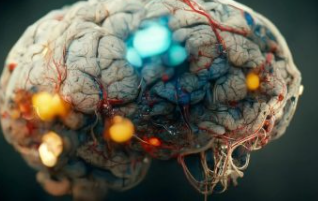Microplastics Found In Human Brains Raise Alarm Among Scientists
Microplastics are tiny pieces of plastic, smaller than 5 millimeters across. They come from the breakdown of larger plastic items, like bottles and bags, and can easily spread through the environment. Unfortunately, these tiny plastics can also get into the human body.
Microplastics Found in Human Organs
Recent studies have discovered microplastics in several human organs, which is concerning for our health. Here’s where they have been found:
- Brain: The brain has shown the highest levels of microplastics, with 10-20 times more than other organs.
- Lungs: Significant amounts of microplastics have been found here, too.
- Placenta and Reproductive Organs: The presence of microplastics in these areas raises concerns about risks to pregnancy and reproductive health.
- Bone Marrow: Microplastics were found in all the bone marrow samples tested.
Key Study Findings
- A study by the National Institutes of Health found microplastics in the brains of 24 samples, with plastic making up about 0.5% of the brain’s weight on average.
- Over the years, the amount of microplastics in brain samples has increased by 50%, which is worrying because it could have long-term effects on health.
- There are early signs that microplastics might be linked to brain diseases like dementia and Alzheimer’s, though more research is needed to confirm this.
Health Concerns
The discovery of microplastics in the brain is particularly alarming. Higher levels of these plastics have been found in people with dementia and Alzheimer’s, suggesting there might be a connection between microplastics and these diseases. This finding needs more research to understand fully. Scientists and experts are calling for immediate action to deal with the plastic pollution problem. They see it as a global emergency that needs to be addressed right away. Toxicologist Matthew Campen and researchers from Cukurova University stress the need for more research to understand the health effects of microplastics and to find ways to reduce this environmental threat.
Month: Current Affairs - August, 2024
Category: Reports & Indexes Current Affairs








